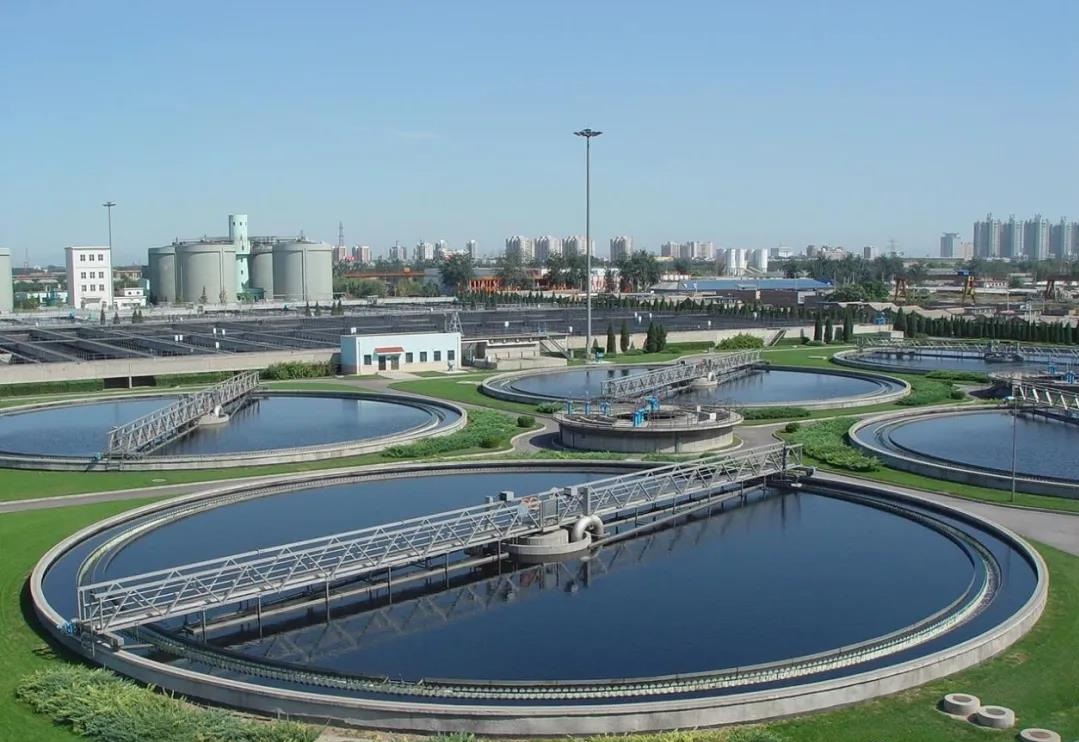Recently, there have been many peer consultations. When testing the total nitrogen and ammonia nitrogen items in the sewage, the same bottle of water sometimes has a phenomenon that the ammonia nitrogen value is higher than the total nitrogen. I don't know why. Here I summarize some experiences and share with you.
1. The relationship between total nitrogen and ammonia nitrogen.
Total nitrogen is the sum of dissolved nitrogen and suspended nitrogen in the sample that can be measured under the conditions specified in the standard.(Including nitrogen in nitrite nitrogen, nitrate nitrogen, inorganic ammonium salt, dissolved ammonia and most organic nitrogen compounds).
Ammonia nitrogen exists in the form of free ammonia or ammonium ions.
It can be seen from this that total nitrogen contains ammonia nitrogen, and theoretically total nitrogen will only be greater than or equal to ammonia nitrogen.
2. Why is the value of ammonia nitrogen higher than the value of total nitrogen in the actual test?
Since there is no theory that ammonia nitrogen is greater than total nitrogen, why does it sometimes happen in actual testing? Many inspectors have encountered this phenomenon, and some researchers have conducted targeted studies. Most of the reasons are in the inspection process.
①In the process of total nitrogen detection, high temperature digestion is required. When the temperature is too low, incomplete conversion will lead to low results.
②When the digestion time is insufficient, the conversion is not complete, which will also cause the total nitrogen result to be low.
③During the detection process, sometimes the stopper is not tightened during the digestion process, and the ammonia nitrogen escapes, which will also cause the result to be low. Especially when the content of ammonia nitrogen in the water sample is high, the ammonia nitrogen is not converted into nitrate nitrogen, and the result of total nitrogen will be lower than the result of ammonia nitrogen.
④Common causes of errors in testing. For example, samples were not collected and stored in accordance with the specifications, and other interferences were introduced. pre-treatments such as removal of turbidity interference were not done.there was no guarantee of an ammonia-free environment in the experimental environment, and there were high concentrations of ammonia nitrogen.
⑤Caused by problems with reagents. For example, potassium persulfate is impure when detecting total nitrogen, Nessler's reagent deteriorates when detecting ammonia nitrogen, and the accuracy of the standard curve is not checked in time.
In addition, errors caused by analysts and analytical equipment, such as the determination of ammonia nitrogen and total nitrogen, are usually carried out by different analysts, sometimes on different dates with different equipment, which will cause some errors.
3. How to reduce detection error?
After the above analysis, the editor believes that the following measures can help everyone reduce the error in the detection process of total nitrogen and ammonia nitrogen.
①Choose standardized finished reagents. The detection of total nitrogen and ammonia nitrogen items requires a variety of reagents, the self-preparation process is cumbersome and the quality control is difficult, and it is difficult to troubleshoot when problems occur.
②In the process of testing samples, various quality control measures are used. For example, in a blank test, when the blank test is abnormal, check the contamination of the test water, reagents, utensils, etc. At the same time, it can make parallel samples and add standard samples for determination. Make a standard sample of the concentration point in the middle of the standard curve, and a variety of measures to ensure that the entire inspection system is under control. You can choose testing equipment with quality control functions to reduce the difficulty of quality control operations.
③Pay attention to the details in the inspection process. For example, the digestion time and temperature should be consistent with the operation manual. Tighten the bottle cap during digestion. Collect and store water samples according to the specifications. Test total nitrogen and ammonia nitrogen in an ammonia-free laboratory environment. Use hydrochloric acid 1+9 or sulfuric acid 1+35 for glassware. soak. Rinse with tap water and then rinse with ammonia-free water several times. Use immediately after washing.
The above are some of our experience based on our own practice. If experts have better methods or suggestions, you can leave a message on our webpage, and we will summarize and improve them in the future.
Post time: Oct-29-2021


